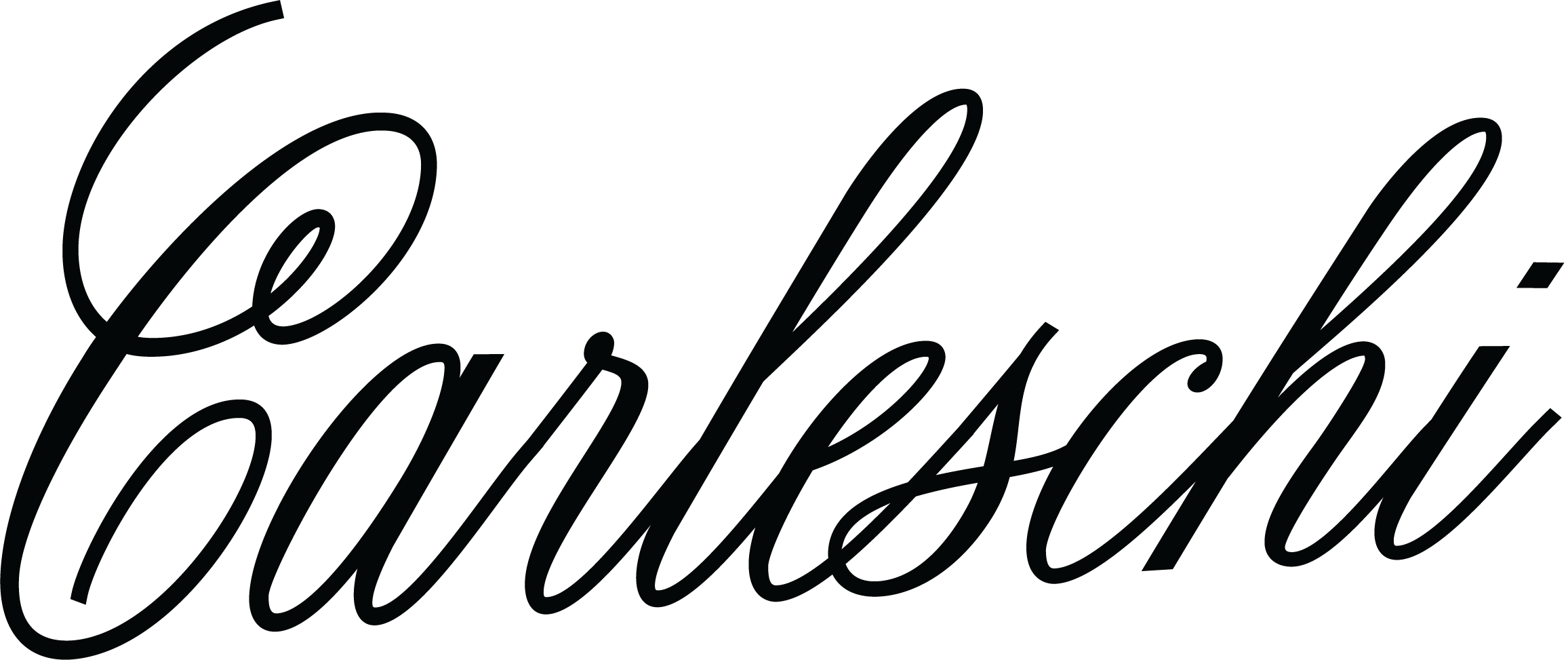Authentic Italian Products Made in the UK
- gio
- Apr 12, 2022
- 3 min read
Gregorio Sorgi from the Italian Huffington Post interviewed Giovanni in an article talking about the rise of Italian products being made in the UK . The original Italian article can be read by following the link at the bottom of the page.
With Brexit in full force, Italians are keen to know what's happening in the UK and how they're coping with these new changes. In recent years, many Italians who have moved to the UK have utilized their knowledge and skills to fill a gap in the British market for Italian speciality goods. Without proper investigating an Italian is sure to laugh at words like "London burrata" , however these are actually authentic, high quality products.

Simona di Vietri is the founder of La Latteria who specialise in making fresh Italian cheese in London using British milk. She switched from her career in finance to make ultra-fresh, authentic cheeses in 2016 when she noticed that all the shops in London imported their dairy products from Italy, (travelling thousands of kilometres before being consumed). This is very different to her hometown of Basilicata where mozzerella and burrata are eaten as fresh as possible.
Giovanni Carleschi has a similar story in which he saw an opportunity for Spelt pasta - something that had never been done before. In 2019 Pastificio Carleschi was founded which produces pasta made from ancient grains such as Emmer, Einkorn and Spelt in North East London. However before this, he experimented with making pesto and fresh pasta. Giovanni says, "My story shows the typical Italian ability to get by. At first I couldn't find the right ingredient, but the need sharpened my wits and finally I did it. I was the first dry pasta producer in the UK, but now there are seven of us ”.
Among them are also companies run by English citizens, such as the South Devon Pasta and the Yorkshire Pasta Company. However, it should be noted that Italian pasta is very different from that made in England where durum wheat does not grow. For example, some companies use soft wheat which is not traditionally used in Italy because it loses its firmness and texture when cooked.

Brexit has made importing from the European Union more difficult and expensive - this is in line with data that shows "from January to July 2021, exports of pasta from Italy to the United Kingdom fell by 25 percent compared to the previous year".
Many Italian producers in the UK had thought Brexit would help boost sales of their products, assuming "custom controls on goods from Italy would make their local products more competitive". However there have been some unaccounted for consequences such as a shortage of qualified staff of Italian origin. For example, Simona di Vietri from Latteria says,
"The new immigration rules have dramatically increased the costs I have to bear. I have to spend ten to twelve thousand pounds to sponsor an employee who comes from Italy, and I'm not even entitled to a refund in the in the event that the worker leaves the country ".
Moreover UK pasta producers say they cannot compete with Italian giants such as Barilla because even though they have additional costs due to Brexit, they can still sell at a lower price due to economies of scale. Thus having minimal impact on competitiveness of local brands. All in all, Brexit has not brought about the change Italian producers had been hoping for.

An extra word from Giovanni:
"We think creating pasta in the UK is the right thing to do. British people have come to love pasta, so much so that according to a YouGov article written in 2020, Brits eat pasta at least once a week, and 42% do so multiple times - it's part of their regular diet. We are proud to be able to use heritage grains from local farmers and combine our artisan techniques to make something that has never been done before. It shows how combining both cultures can be wonderful - not only is our pasta better for the environment, it's nutritionally superior!"

Comments